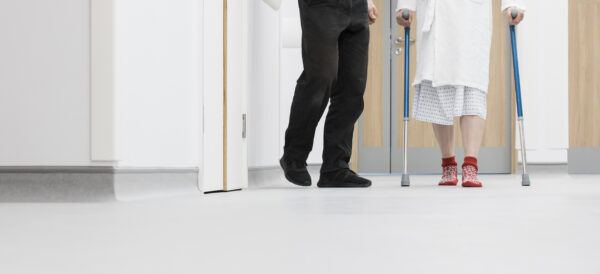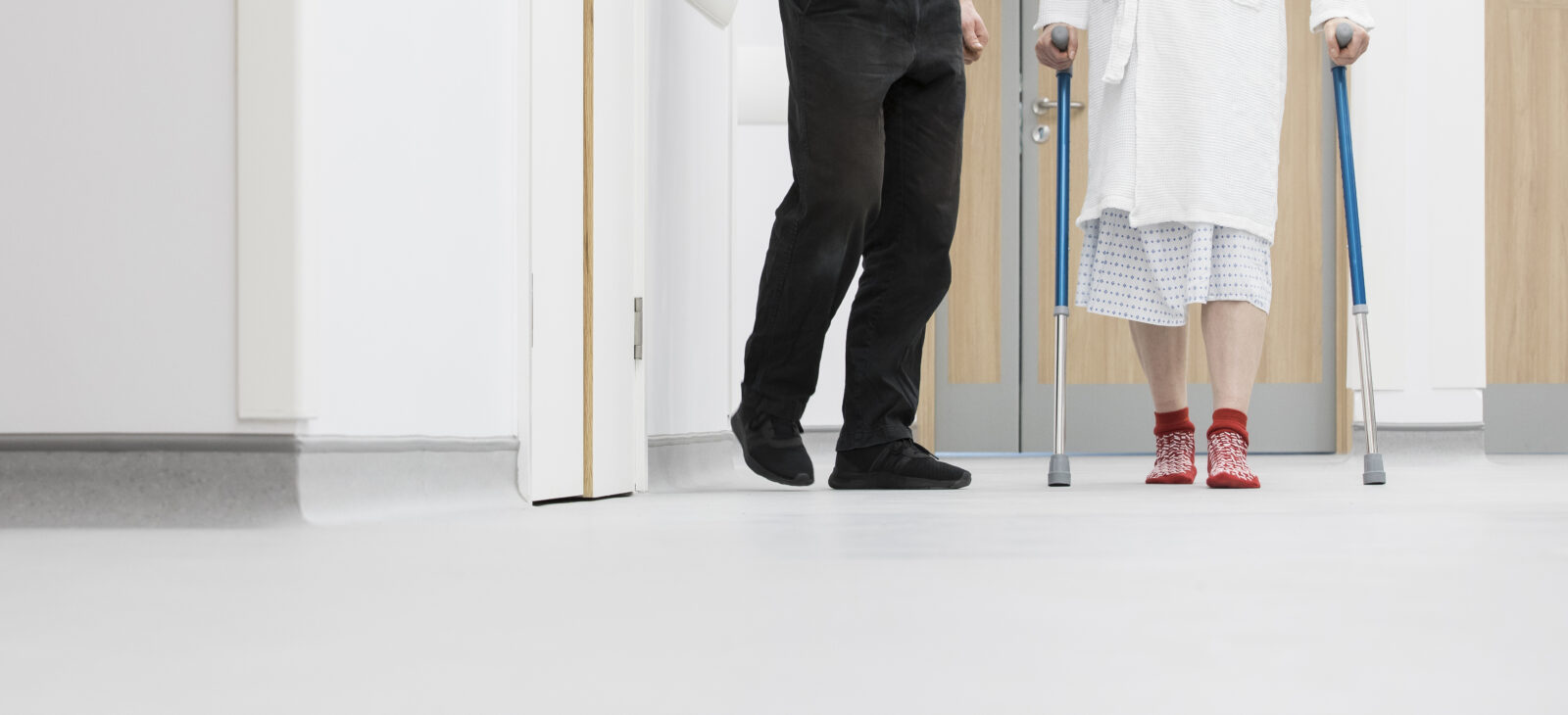Contact number: 020 7806 4060
What is Ankle Fusion Surgery?
Ankle fusion surgery involves removing damaged cartilage and joining the bones in the ankle joint using screws, plates, or rods. Over time, the bones fuse together, reducing pain caused by bone-on-bone friction while improving joint stability.
This procedure is typically recommended for patients with:
- Severe arthritis (osteoarthritis, rheumatoid arthritis, or post-traumatic arthritis)
- Chronic ankle pain and swelling
- Deformities or instability that limit daily activities
Fusion surgery stabilises the ankle joint, allowing patients to walk more comfortably and return to everyday activities without persistent pain.
Ankle Fusion Surgery at St John & St Elizabeth Hospital
At St John & St Elizabeth Hospital, we understand how debilitating ankle pain can be. Our experienced orthopaedic surgeons provide tailored treatment plans, ensuring you receive the highest standard of care throughout your journey.
Why choose us for ankle fusion surgery?
- Specialist Orthopaedic Surgeons: Our consultants are experts in foot and ankle surgery, with extensive experience treating complex joint conditions.
- Personalised Care: We take the time to understand your symptoms and goals, creating a treatment plan for ankle fusion tailored to your needs.
- Modern Facilities: Our hospital is equipped with advanced imaging and surgical technology, ensuring accurate diagnosis and precise treatment for a smooth recovery.
- Accessible Location: Conveniently located in NW8, we serve patients from Hampstead (NW3), Kilburn (NW6), and across London.
We are committed to helping you confidently move forward by providing expert care in a supportive environment.
Consultants who perform Ankle Fusion Surgery
How to pay for your treatment
If you’re… paying for yourself
Did you know you don’t need private medical insurance to come to St John & St Elizabeth Hospital? As a self-pay patient, you can access safe, outstanding quality health care at times to suit you.
For scans and tests, as well as to see most consultants, you’ll still need to be referred by a medical professional like your GP, but as a self-pay patient, the process is more straightforward. You won’t need authorisation from an insurance provider, and you’ll have greater choice of consultant and appointment times.
If you’re… insured
St John & St Elizabeth Hospital is approved by all major medical insurance companies. If you have a personal private health insurance policy, or your company provide it for you, you can use it to pay for your care from your initial consultation through to treatment, surgery and aftercare such as physiotherapy. Not all private health insurance plans cover the same things. It’s very important to check exactly what you are covered for with your insurance provider.
Frequently Asked Questions About Ankle Fusion Surgery
St John & St Elizabeth Hospital is located in St John’s Wood (NW8), a well-connected area of North West London. We are conveniently accessible for patients from Hampstead (NW3), Kilburn (NW6), and beyond.
By Tube:
- St John’s Wood station (Jubilee Line) is just a 5-minute walk from the hospital.
- Finchley Road (NW3) and Kilburn stations (NW6) on the Jubilee Line provide excellent connections.
By Bus:
- Wellington Road: Routes 13, 46, 82, and 113 stop near St John’s Wood Underground Station, just a short walk from the hospital.
- Circus Road: Routes 46 and 187 stop close to the hospital’s Circus Road entrance.
- Abbey Road: Routes 139 and 189 stop near the junction where Grove End Road becomes Abbey Road, providing easy access.
Major Roads:
If you’re travelling from NW3 or NW6, major routes such as Finchley Road or Kilburn High Road offer a direct approach to the hospital
Ankle fusion surgery typically takes 1.5 to 2.5 hours, depending on the severity of the condition and the surgical approach
The surgery is performed under anaesthesia, so you won’t feel pain during the procedure. Some discomfort is normal during recovery but can be managed with medication and rest.
Recovery usually takes 8 to 12 weeks for the bones to begin fusing and up to 6 months for full healing. You’ll need to avoid weight-bearing activities initially and may use crutches or a walking boot during recovery. Physiotherapy is often recommended to support mobility.
Throughout your recovery period, you’ll need to keep your leg and foot elevated, usually for a few days. During the recovery process, you’ll also be encouraged to:
- Avoid prolonged standing
- Stop smoking
- Wear a walking boot
- Wear shoe inserts
- Look out for minor infections, long periods of pain, or any blood vessels rupturing
In rare cases, you may need to visit us again for a second operation. However, this is only in extreme cases and further surgery isn’t considered lightly.
Yes, many people can walk normally after ankle fusion surgery. While the ankle joint will no longer bend, the procedure eliminates pain and provides stability, allowing for a more natural walking pattern. Proper footwear and physiotherapy can further improve mobility and comfort.
Yes, ankle fusion surgery is considered a major procedure. It involves permanently joining the bones in the ankle joint to relieve pain and improve stability. Recovery typically takes several weeks, and patients must follow a structured rehabilitation plan to achieve the best outcome.
Medically reviewed by Mr Aria Ghassemi - MBBS MRCS FRCS MSc Dip (Imperial College)


